Fife could become the latest area in Scotland to introduce a tourist tax.
Council officials want to start discussions with communities and businesses over the next few months.
It is estimated it could bring in as much as £8 million a year.
And they are asking councillors to get behind the proposal next week.
Edinburgh City Council was the first place in the country to approve a visitor levy.
From next summer, it will charge visitors an extra 5% on top of their accommodation costs.
The capital hopes to bring in an additional £50m a year from the tourist tax.
Other councils, including Perth and Kinross are considering introducing their own versions.
However, critics fear extra costs could damage trade.
How much would Fife tourist tax bring in and what would it be spent on?
A report on the issue will be presented to Fife Council’s cabinet committee next week.
Executive director of place Carol Connolly says the powers could be applied in Fife.
And it could bring in anything between £3.4m and £8m a year for the council.
The total amount will depend on the number of people staying in Fife accommodation.
However, the money would then be spent on facilities to benefit tourism such as bus and car parks, public toilets and motorhome provision.
The income could also be used to develop visitor attractions, including major events and town centre regeneration.
While Edinburgh’s levy is 5%, the amount councils can apply is flexible.
It can be charged for all or part of a year, and it can be applied across Fife or just in some areas.
Potential benefits and drawbacks
If councillors agree to get the ball rolling next week, it does not mean a visitor levy will automatically be introduced.
Ms Connolly says: “The report does not seek a decision on implementation, only at this stage to undertake early engagement with businesses, residents and communities.
“It should be noted, the potential benefits include a sustainable, year on year source of revenue and an enhanced visitor offering.
“Potential drawbacks include an increased administrative burden on the council and accommodation providers.”
She also points out that Scotland is already considered an expensive destination and adding to visitors’ bills “comes with risk”.
Depending on the outcome of the initial stage, a 12-week formal public consultation would then need to take place.
And if a Fife tourist tax is agreed, its earliest launch would be April 2028.


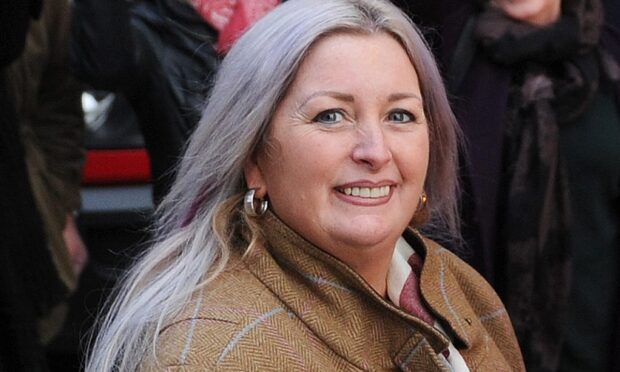


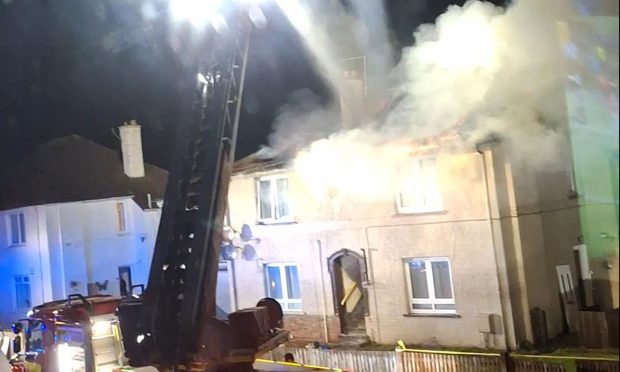
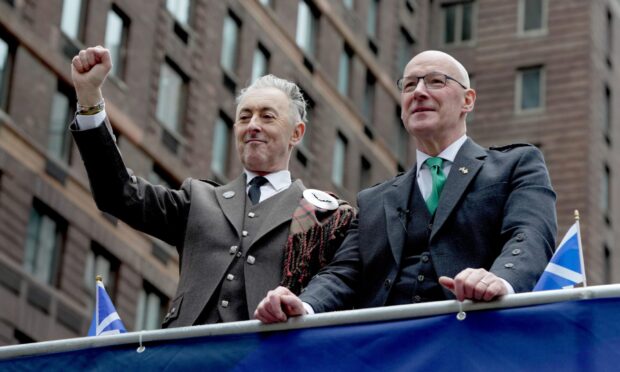
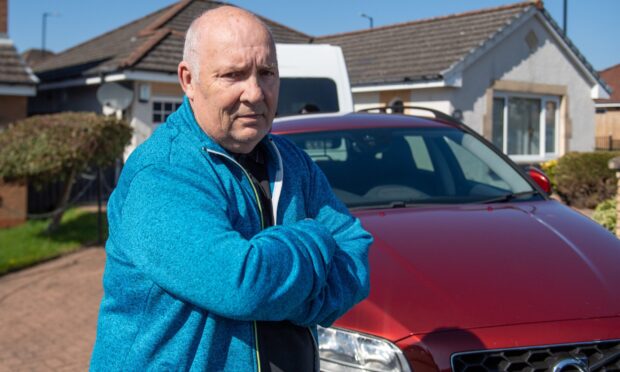


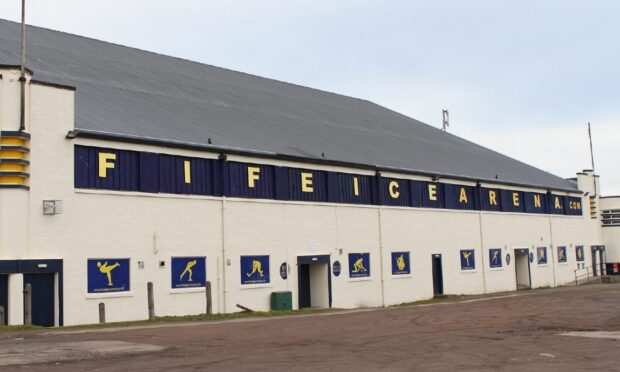
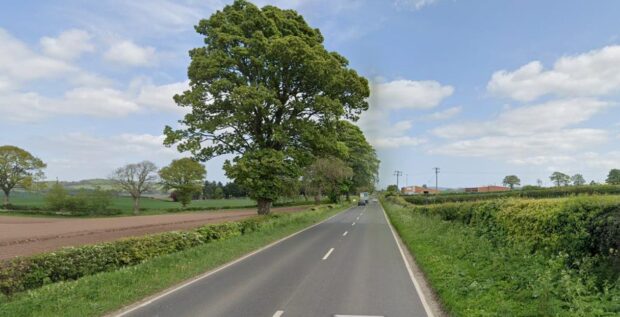
Conversation